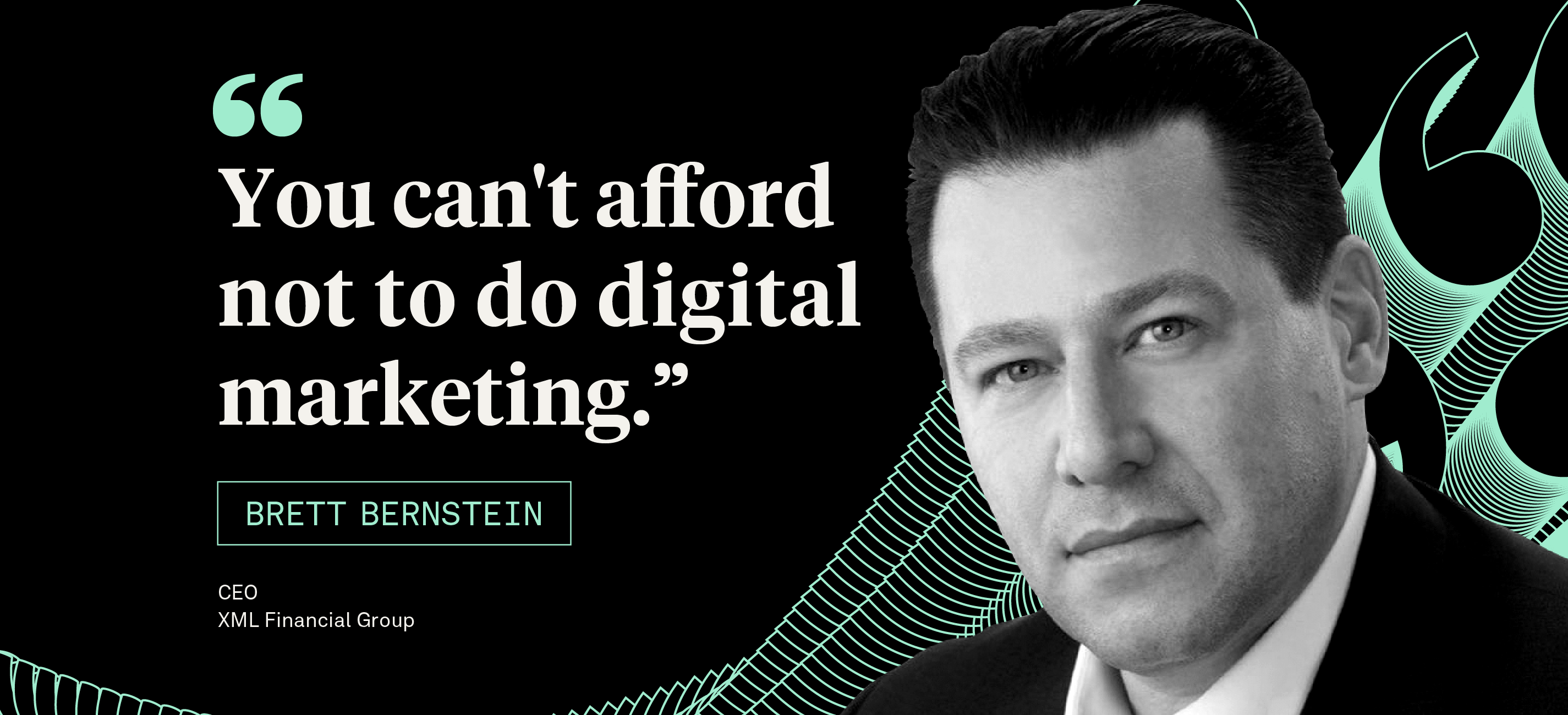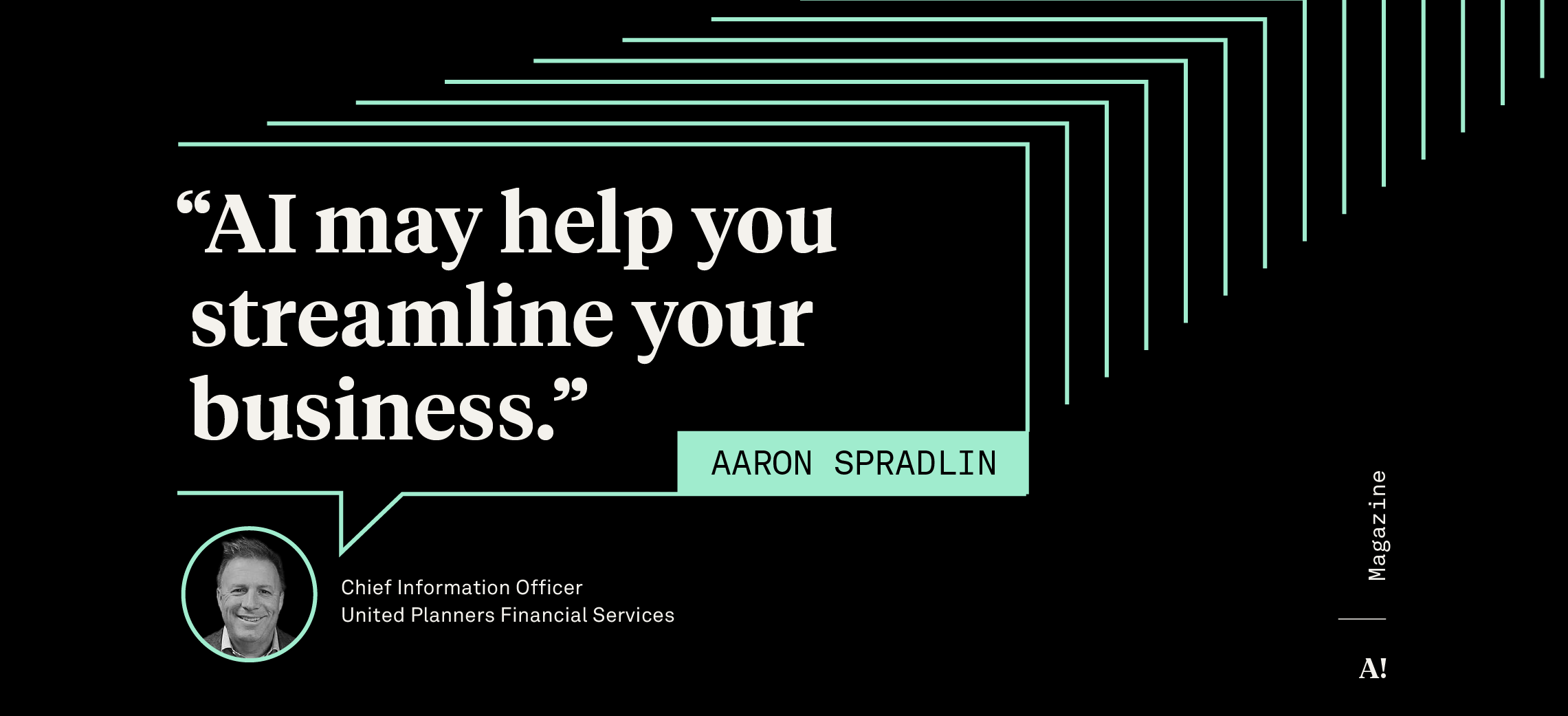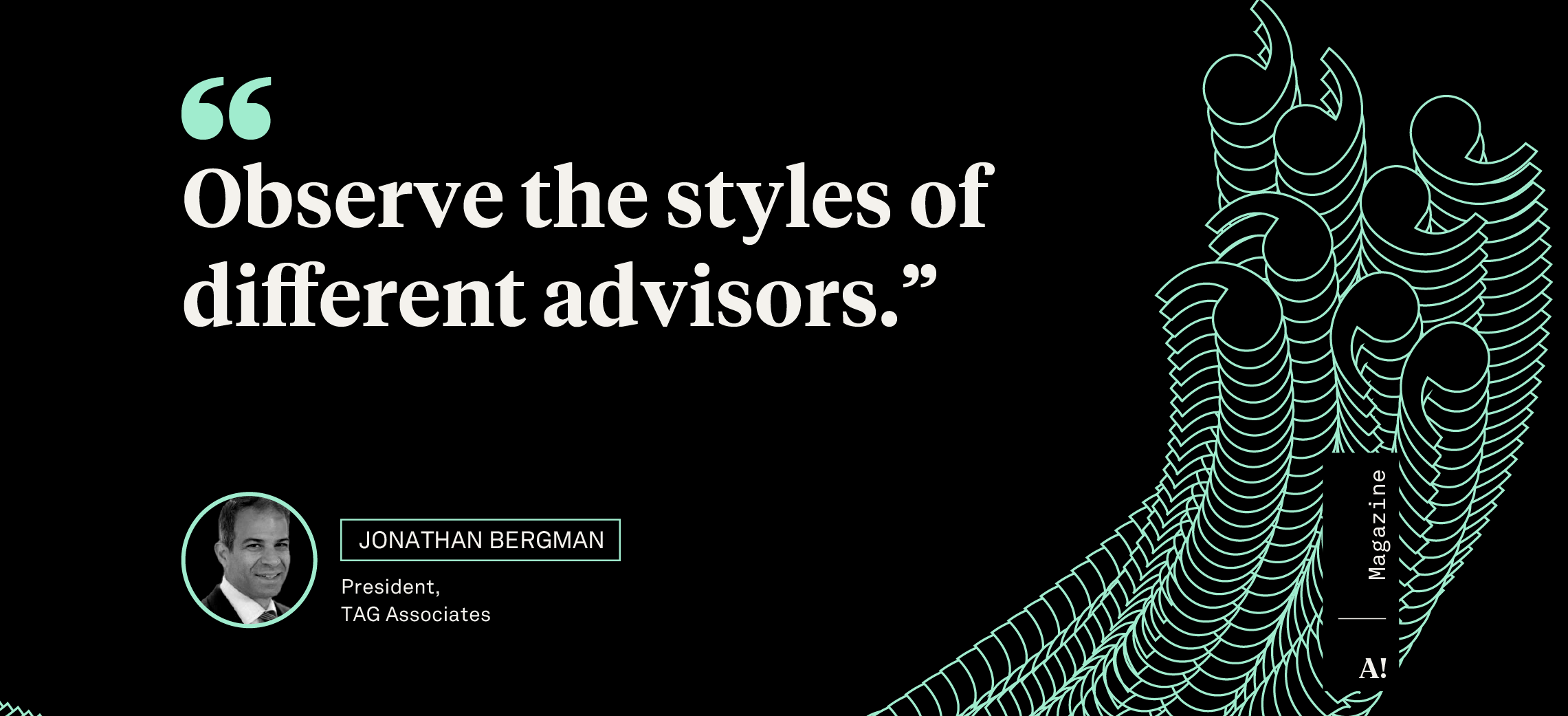You’ve launched a new RIA firm. Congratulations! I’m sure it’s been a major undertaking to get to this point.
As you begin to work through the details and navigate your path forward, there’s one decision that will lay the foundations of your business for years to come – your technology stack.
It’s imperative to make the right decision when it comes to your tech stack. But there are such a vast array of choices; it can be daunting.
In this first of a three-part series, I’ll examine the tech stack decisions that new independent advisors face and the best way to tackle them successfully.
First – take a deep breath.
Second – exhale slowly.
Now, close your eyes. Think about the firm you’re launching.
Who is your target market? Your ideal client? How big do you want the firm to be? What kind of growth do you anticipate over the next five years?
Two resources will be necessary to achieve those goals – good people and the right tech stack. Both will be your biggest expenses.
You’ve got a good team. Now you need to get the tech in place.
“Look internally first,” says industry consultant Matt Sonnen, CEO of PFI Advisors. “What type of clients are you serving? What types of investments are in their portfolios? How big is your firm? Advisors ask us what’s the best tool, the best provider, the best system.”
That’s not the right question, according to Sonnen.
“What RIAs need to do is have a clear idea of what kind of firm they are now and what they want to be in the future,” he says. “Then they can decide what the most appropriate tech stack for their needs is.”
To help determine those needs, look for a partner with experience and resources.
A custodian is a logical place to start since you’ll be working closely with a custodian from the beginning. What kind of tech do they provide? What firms do they work closely with? What kind of requirements do they have for integration into their platforms? What kind of help can they give you?
Other partners include PFI Advisors, F2 Strategy, Wealth Advisor Growth Network (WAGN), or platform providers specializing in helping new independents such as Dynasty Financial Partners or Sanctuary Wealth. Smaller firms may consider an M&A partner. Some hybrid firms may prefer a broker-dealer.
“Think of it like building or renovating a house,” says Dynasty COO Ed Swenson. “You’re probably not going to put on a roof, install the plumbing, or do the painting yourself. You don’t have the expertise and you don’t have the time. You want to hire a contractor.”
To carry the analogy further, just as you would tell the contractor what you want to be able to do in the house, advisors need to determine what they want their tech stack to do for their firm.
“We ask clients to consider how much time tech can save them,” says WAGN co-founder John Phoenix. “The more time a tech stack saves them, the more time they can spend with their clients.”
An RIA’s tech stack is also an essential part of its value proposition and a critical means of differentiation from the competition.
“Firms with less than $2 billion in AUM can’t be great at everything and should think about tech as a means of differentiation,” says F2 Strategy president Doug Fritz. “What do you want to be great at? Do you want to give clients a white gloves experience? Then you might want the best CRM out there. Do you specialize in alternative assets? The look for a portfolio manager who is best in class for that category.”
After becoming independent from UBS late last year, Tom Stadum launched his firm, Fargo, North Dakota-based Fjell Capital. Stadum, who is only 31, works with a young team and wants to attract young clients. Working with Sanctuary Wealth, Stadum sought out “bleeding edge” technology so Fjell could build “customized solutions tailor-made for our client base. Catering to younger, tech-savvy clients made a state-of-the-art portal a priority for Stadum.
Paul Strid’s firm, Concentus Wealth Advisors, partners with Dynasty and targets high and ultra-high-net-worth clients. As a result, a high-end CRM was important for him.
Other firms may care more about data, direct indexing, planning, separately managed accounts (SMA), or a different value proposition. The point is to know thyself, then proceed accordingly. Advisors must also think of their new tech stack as a foundation that will support future growth.
“You want to build the firm from day one with scale,” says Swenson. “Begin with the end in mind. Build a strong foundation because you don’t want to start switching things around in year three, which will be very painful and costly.”
Indeed, vendors will charge for data conversion and implementation; advisors will have to re-train their staff and become familiar with new software, which could mean decreased productivity and lost business opportunities.
“RIAs need to think about the projected needs of their clients and how tech can service them,” says tech-consultant George Fischer, founder of Optimal Growth Technologies. “You want capabilities that will meet these demands into the future.”
What a newly minted independent shouldn’t do, says PFI Advisors’ Sonnen, is ask a friend or a colleague what kind of tech stack they use.
“It’s the biggest mistake we see,” Sonnen says. “Someone starting a firm will ask an established RIA what they use. But suppose one RIA uses SMA accounts for an older client base in a decumulation phase. In that case, their software will be completely inappropriate for a new firm targeting younger clients accumulating assets!”
Swenson cautions new RIAs to “not let the tech tail wag the enterprise dog. Tech is the accelerant to execute a firm’s vision and strategy, not the driver of the strategy.”
Remember, a tech stack’s job is to make a firm better, not to make a particular function run faster or have more bells and whistles.
And before going shopping for technology, advisors should remember the software purchase is only the beginning, with training, implementation and integration to follow.
“Think of it like buying a puppy,” says Paul Strid. “Paying for the dog is one thing. You also have to feed it, train it and walk it every day.”
Experience the CRM that thinks like an advisor

This blog is sponsored by AdvisorEngine Inc. The information, data and opinions in this commentary are as of the publication date, unless otherwise noted, and subject to change. This material is provided for informational purposes only and should not be considered a recommendation to use AdvisorEngine or deemed to be a specific offer to sell or provide, or a specific invitation to apply for, any financial product, instrument or service that may be mentioned. Information does not constitute a recommendation of any investment strategy, is not intended as investment advice and does not take into account all the circumstances of each investor. Opinions and forecasts discussed are those of the author, do not necessarily reflect the views of AdvisorEngine and are subject to change without notice. AdvisorEngine makes no representations as to the accuracy, completeness and validity of any statements made and will not be liable for any errors, omissions or representations. As a technology company, AdvisorEngine provides access to award-winning tools and will be compensated for providing such access. AdvisorEngine does not provide broker-dealer, custodian, investment advice or related investment services.



